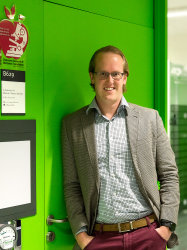BibTex format
@article{Almquist:2015:10.1002/adhm.201500403,
author = {Almquist, BD and Castleberry, SA and Sun, JB and Lu, AY and Hammond, PT},
doi = {10.1002/adhm.201500403},
journal = {Adv Healthc Mater},
pages = {2090--2099},
title = {Combination Growth Factor Therapy via Electrostatically Assembled Wound Dressings Improves Diabetic Ulcer Healing In Vivo.},
url = {http://dx.doi.org/10.1002/adhm.201500403},
volume = {4},
year = {2015}
}

